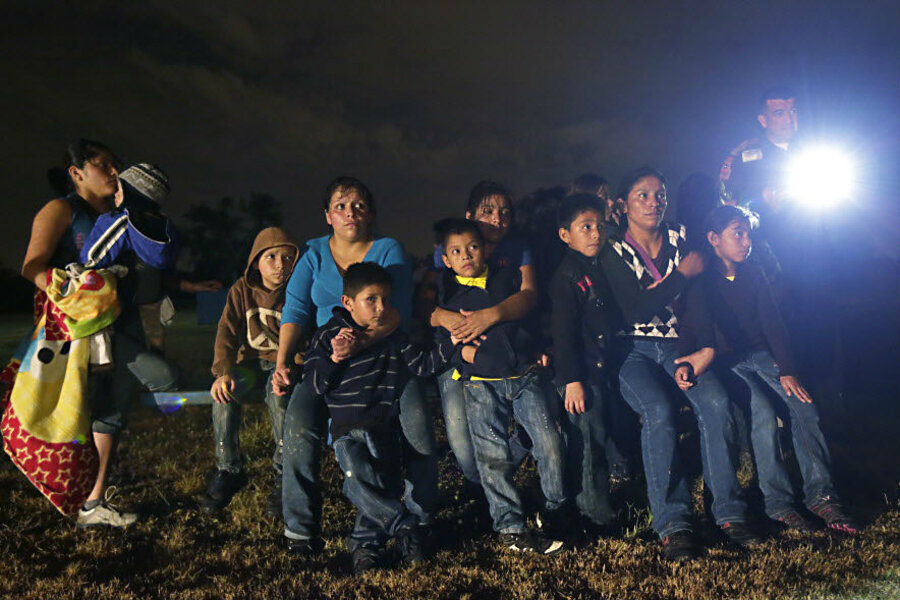Violence in Guatemala, El Salvador, and Honduras has been largely cited as the principal factor pushing citizens to migrate, including tens of thousands of children turning up at the US border without family members this year.
But the latest installment of an annual study on social inclusion in the Americas finds that the three countries that make up Central America’s Northern Triangle suffer from a tangled web of inequality, and lack economic and social opportunity.
“A toxic mix of high rates of poverty, lack of opportunities, gender and race disparities, and very low access to formal jobs and education … is at the root of the growing numbers of unaccompanied youth from Central America entering the U.S.,” said a statement from editors of Americas Quarterly, which publishes the Social Inclusion Index 2014.
Only 10.8 percent of women and 5.1 percent of males have access to a formal job in Honduras, for example. Less than half of young people in El Salvador are enrolled in secondary school. And Guatemala’s government spends a smaller percentage of its gross domestic product on social programs than almost any other country in the hemisphere.
These three countries along with Paraguay and Nicaragua rounded out the five least socially inclusive of the 17 countries included in this year’s rankings.
Meanwhile, underscoring the dramatic disparity from country-to-country in Latin America, the worst performing countries’ neighbors – Uruguay [No. 1] and Costa Rica [tied for No. 2] – were named the most inclusive, along with Argentina. The United States placed fourth.
To rank the countries, Americas Quarterly, a policy journal, evaluated 21 variables including economic growth, disability rights, access to justice, and civil, political, and human rights, to give each country a score.







